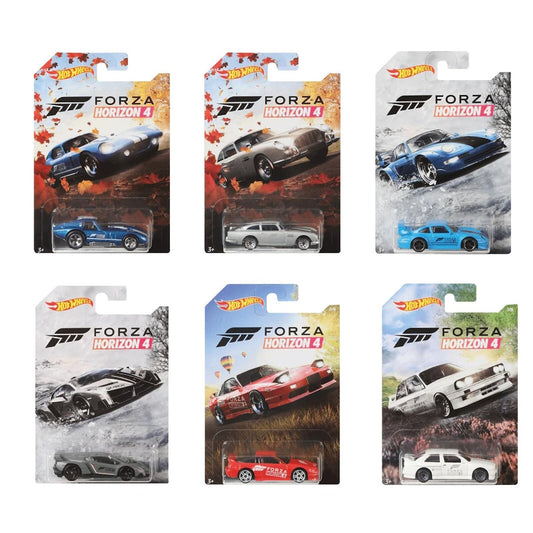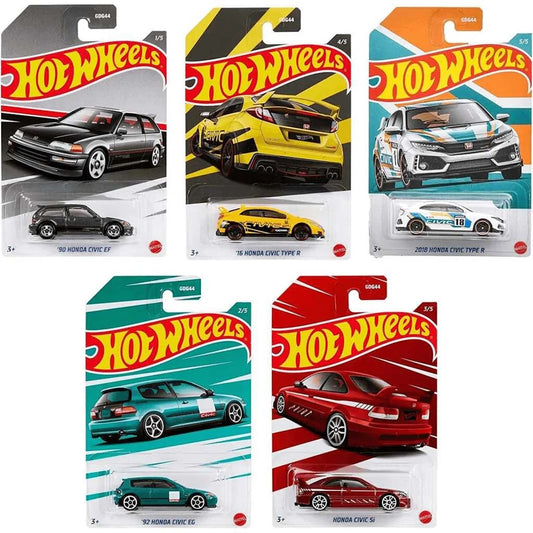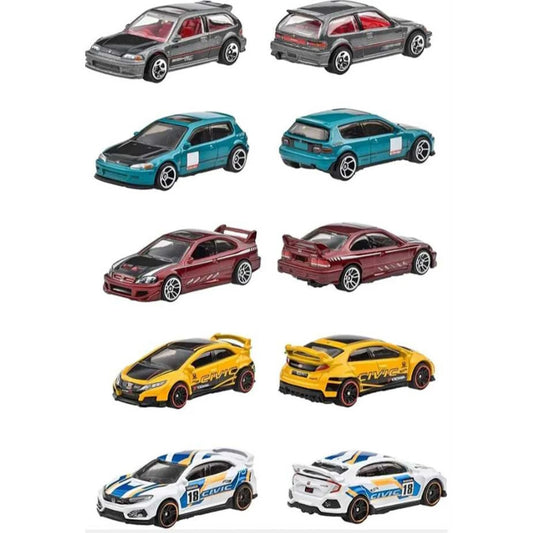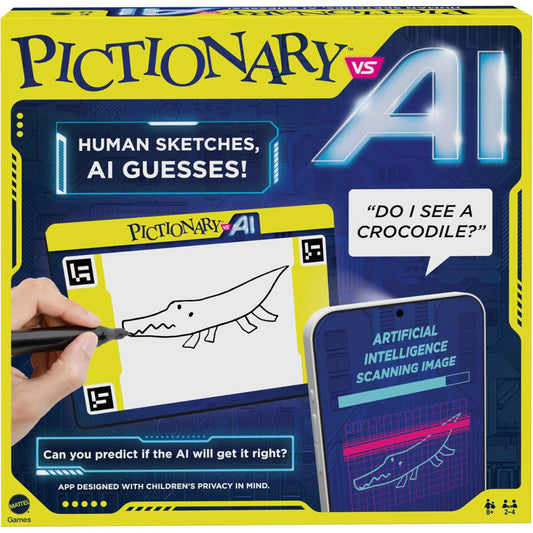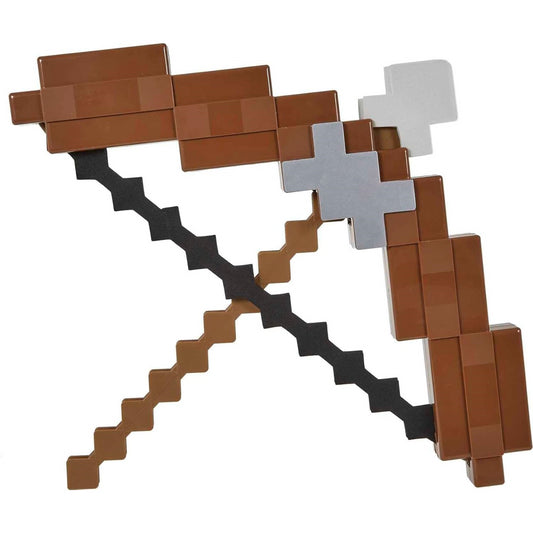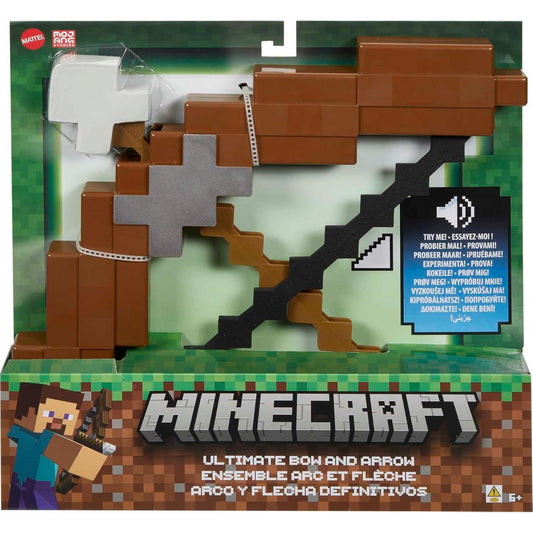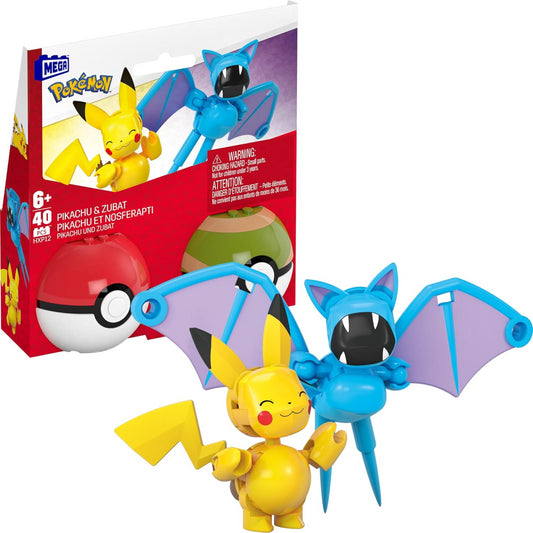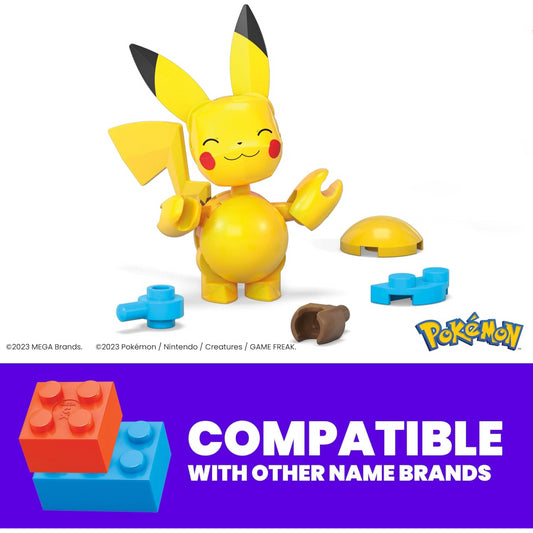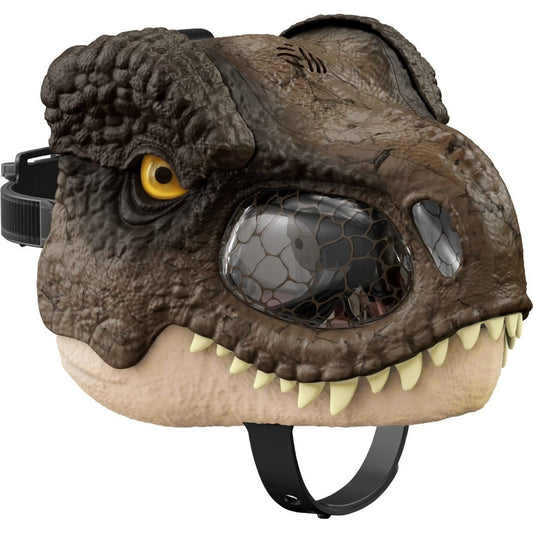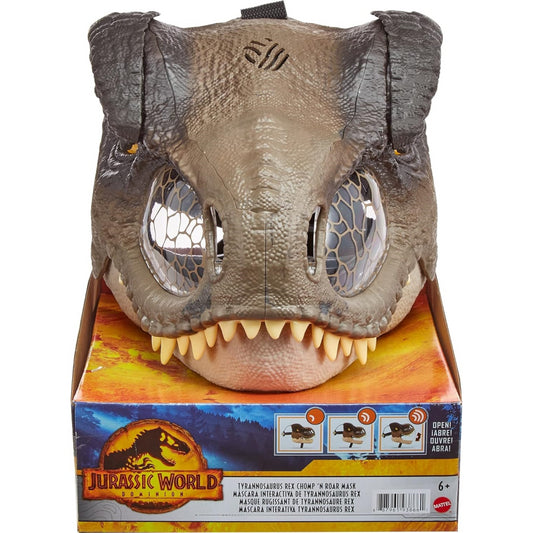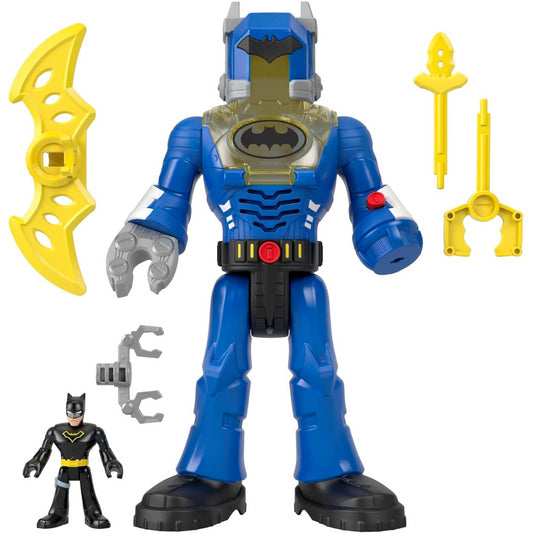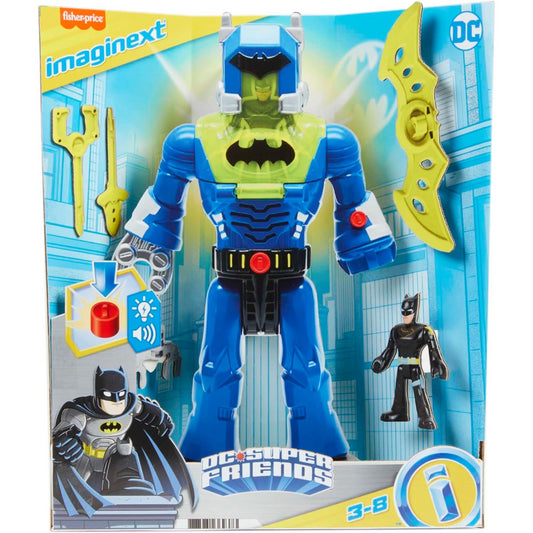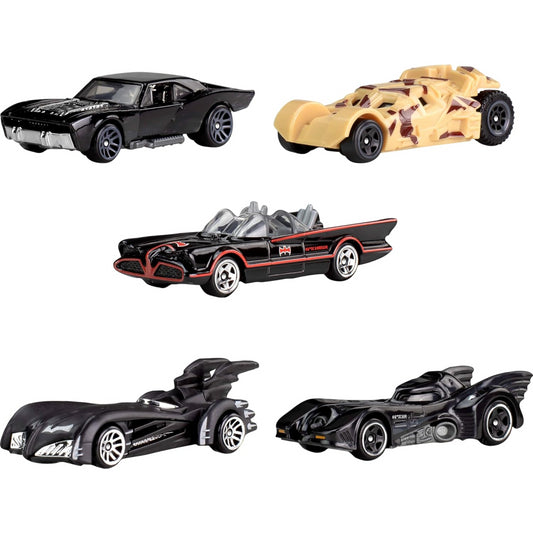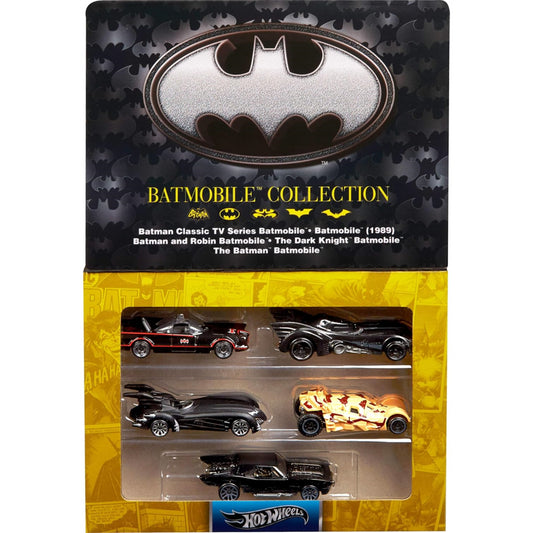Baby Toys Buying Guide
Baby toys stimulate the senses, exercise developing muscles,
Baby Toys for Newborns (0-6 Months)
While newborns haven't yet developed visual focus or muscular control,
- Crib toys & accessories: Colourful, sturdy crib toys help
to stay baby content. Theseare often noisemakers with moving parts or plush companionsto stay baby company. Bright shapesduring a mobile above the crib can fascinate and calm a fussy infant; even more so if it plays music.
-
Rattles and teethers: When your newborn is teething, a chewable ring/teether or rattle can help. Put rattles and teethers
within the refrigerator when not in use. When it's needed, the coolness can help relieve your baby's sore gums.
-
Sensory baby toys: Developmental toys (toys geared to helping babies acquire age-appropriate skills) at this age give babies things to squeeze that
resound and move. Toys with built-in rattles or squeakers help babies learn that their actions cause things to happen.
- Activities, play gyms: Hang an activity bar over your baby's crib or
seat , orfound out an activity centre or play mat onthe ground . These give babiestons of options for gasping, teething, exploring,or simply looking around. Activity setsare available a good sort of shapes and sizes.search for ones with sound and bright colours that are specifically made for infants.
- Soft baby books: It's never too early
to start out reading to your baby. Soft books establish good family reading habits. Sturdy cloth or thick cardboard pages also offer greater durability as baby “discovers”an honest book.
Toys for Infants (6-12 Months)
In this stage of life, your baby learns amazing things: moving by himself, exerting control over objects, identifying favourite playthings,
-
Activity tables: Colourful buttons, big bright switches, unbreakable mirrors,
and perhaps a noisemaker or two are all built into activity panels and tables. Some are designedto assist support newly walking babies, holding them upright while keeping themcurious about what their hands can do.
- Stuffed animals/Plush: At this age, babies are
getting to start acquiring favourite baby toys, and few are more favoured than that plush bear, dog, or baby doll that your baby beginsto spot with warmthand luxury .
- Balls: When babies start crawling they will begin rolling and tossing soft, lightweight balls with much
the sort of ballthey like may change, but from now on your kids are likely to enjoy them, all the way throughbaseball league and intramural sports.
-
Blocks: Dexterity will improve gradually in
reference to blocks. The youngest babies may start to stack two or three blocksthen enjoyment of knocking them down. By two years, they'll be stacking them higher, and by preschool, interlocking blocks will keep them amused for hours.
Toys for Toddlers (1-2 Years)
As your child grows, the toys they will want to play with will run the gamut from art supplies to ride-on cars to stackable blocks. Two-year-olds learn greater independence as
-
Outdoor toys: Balls to throw, bounce, catch, and roll are always
fashionable kids, both inside and out. When your child walks with balance,you'll begin to introduce whiffle balls, miniature basketball hoops,life preserver , and other age-appropriatesporting goods .
- Games and puzzles: board games and Memory games will support your toddler's brain development.
- Child versions of adult things: Kids are still into kid-sized hammers and drills; stoves and dishes; and cars and boats. Playing
during a playhouse with durable plastic props lets their imagination bloom.do not forget musical instruments: a toy drum or penny whistle will delight your toddler. Costumesalso are fun at this age, enhancing playwithin the land ofmake .
-
Books: As children begin
to talk more fluently,they will understand more complicated stories and even morals.

